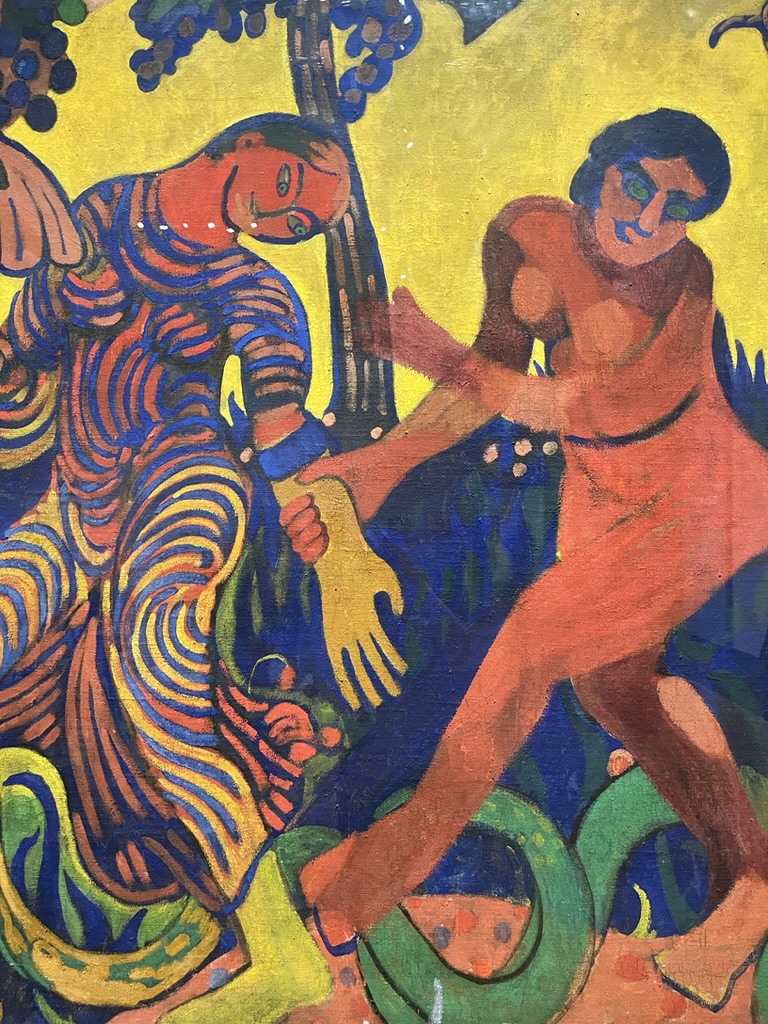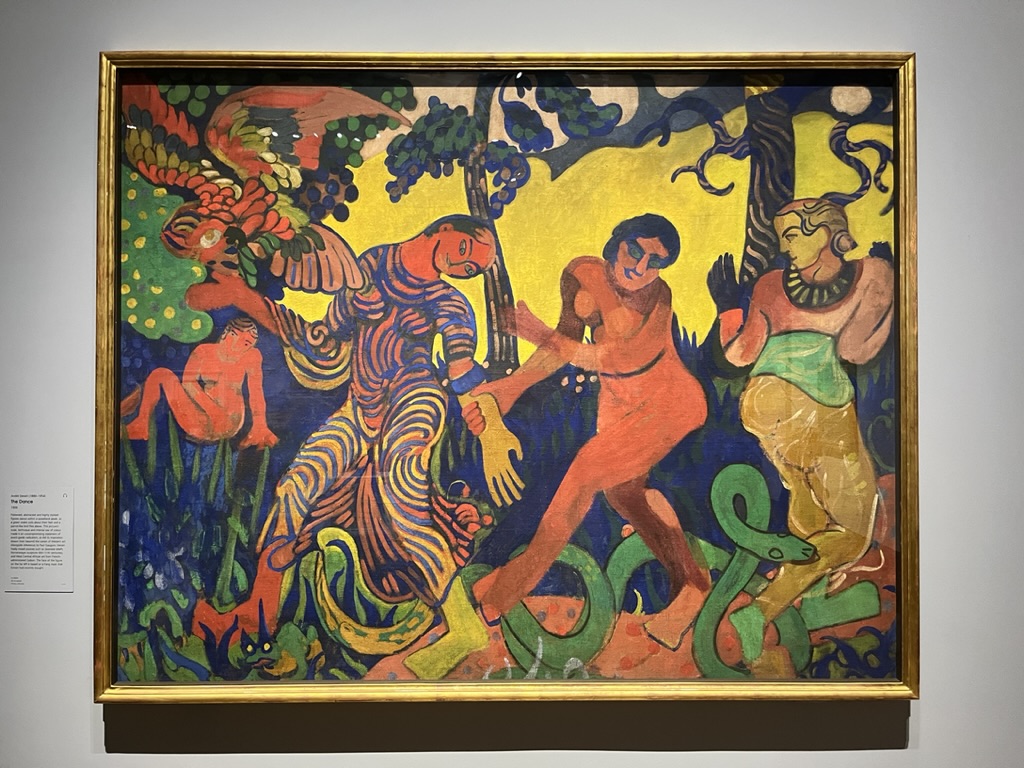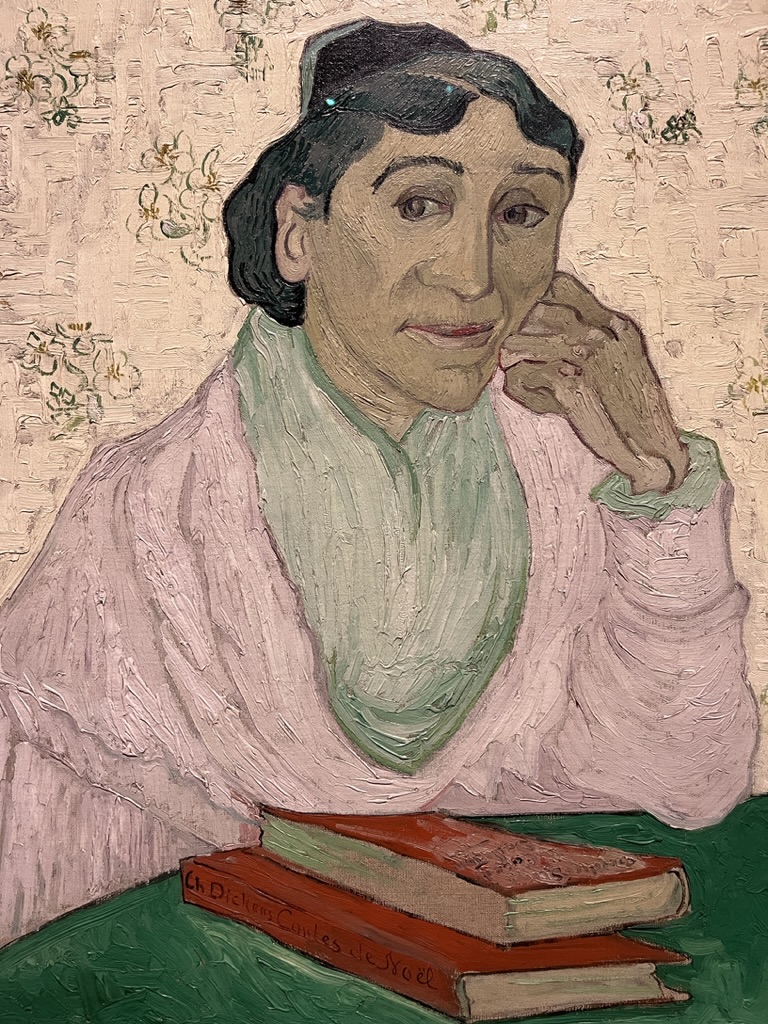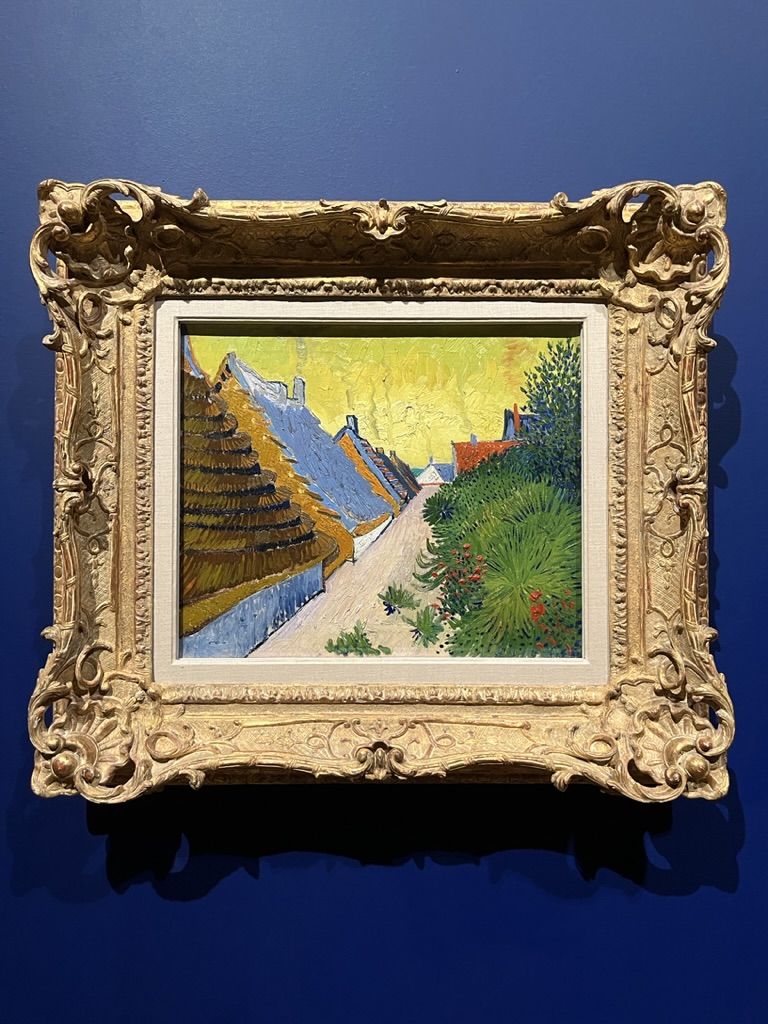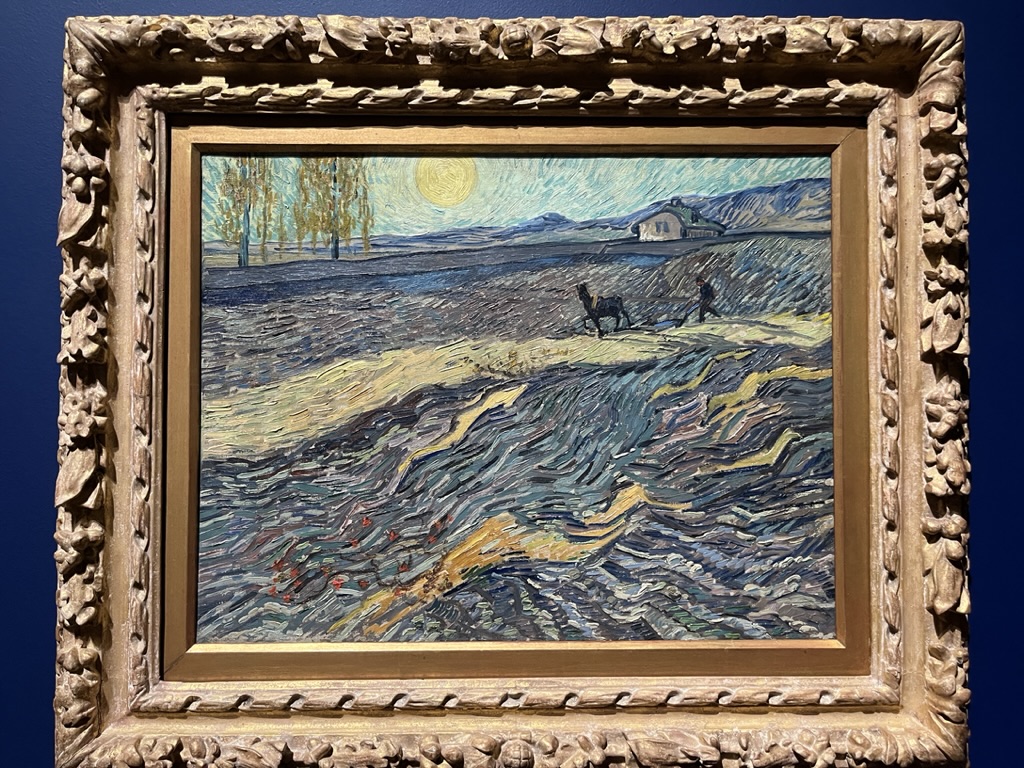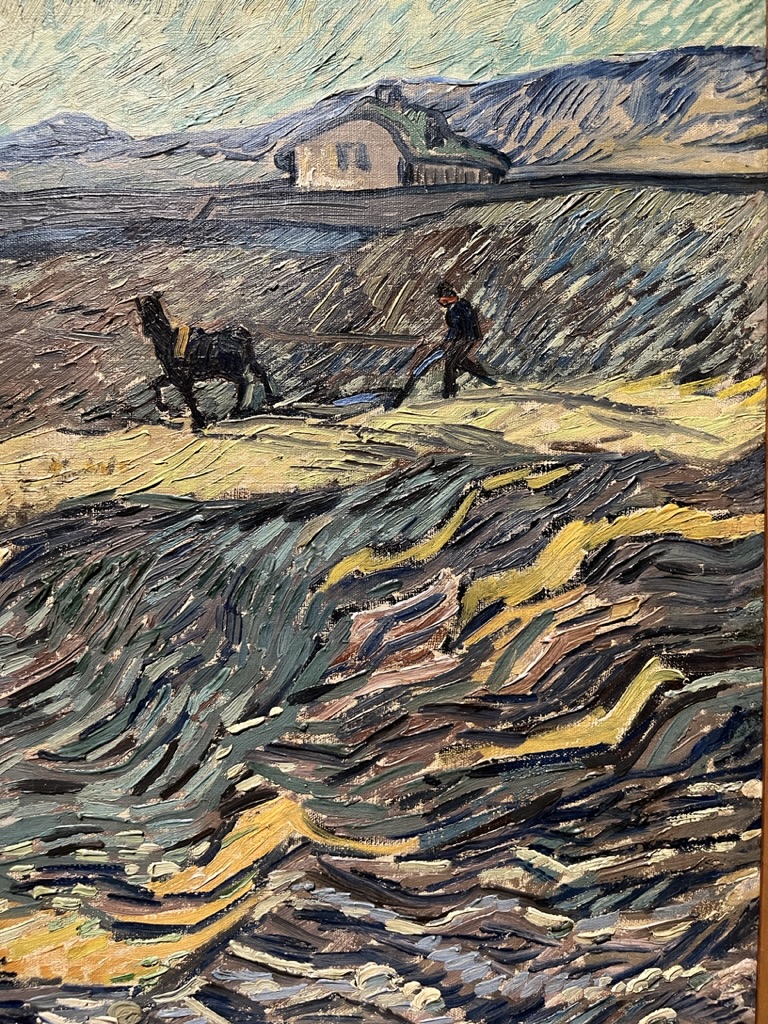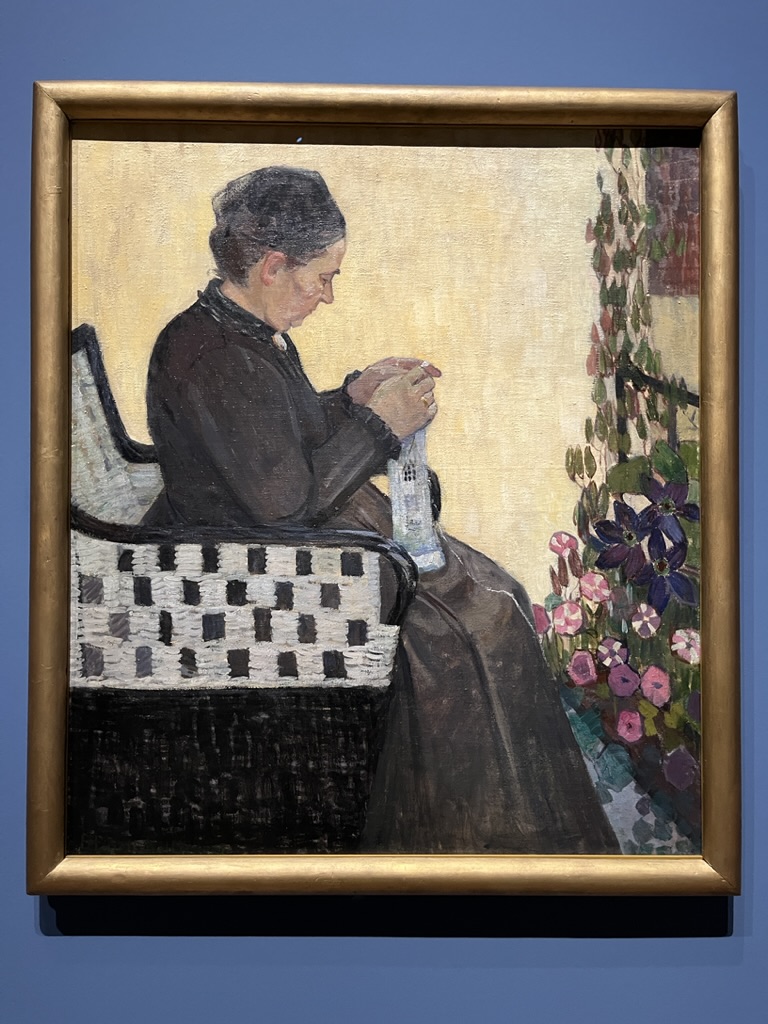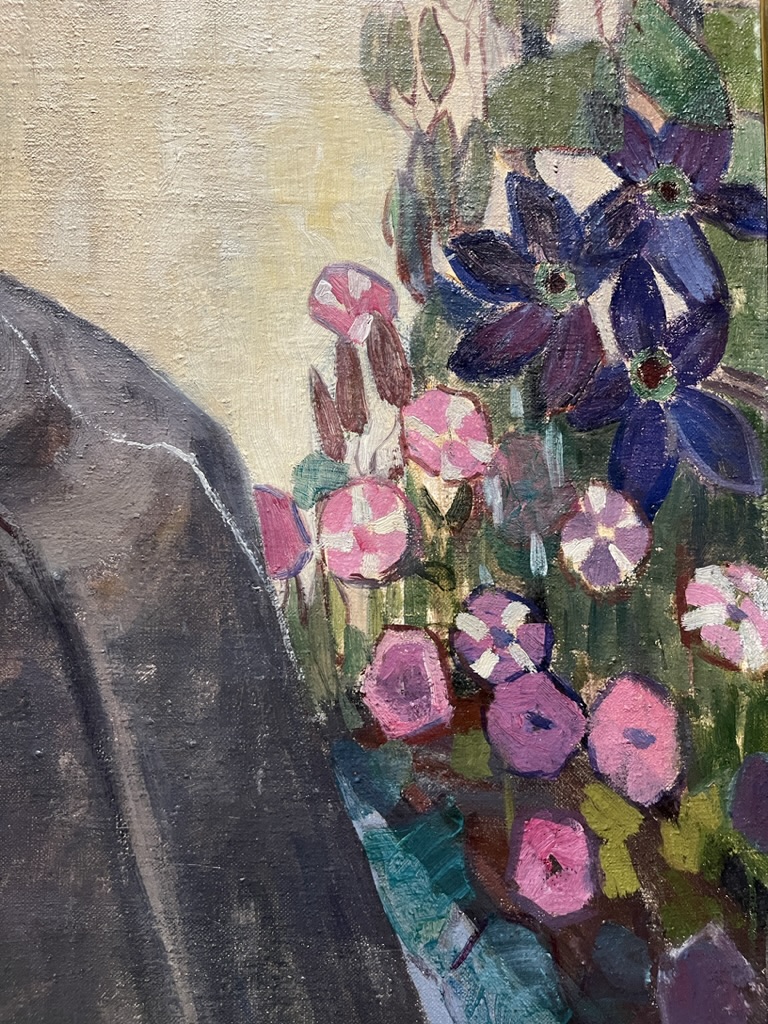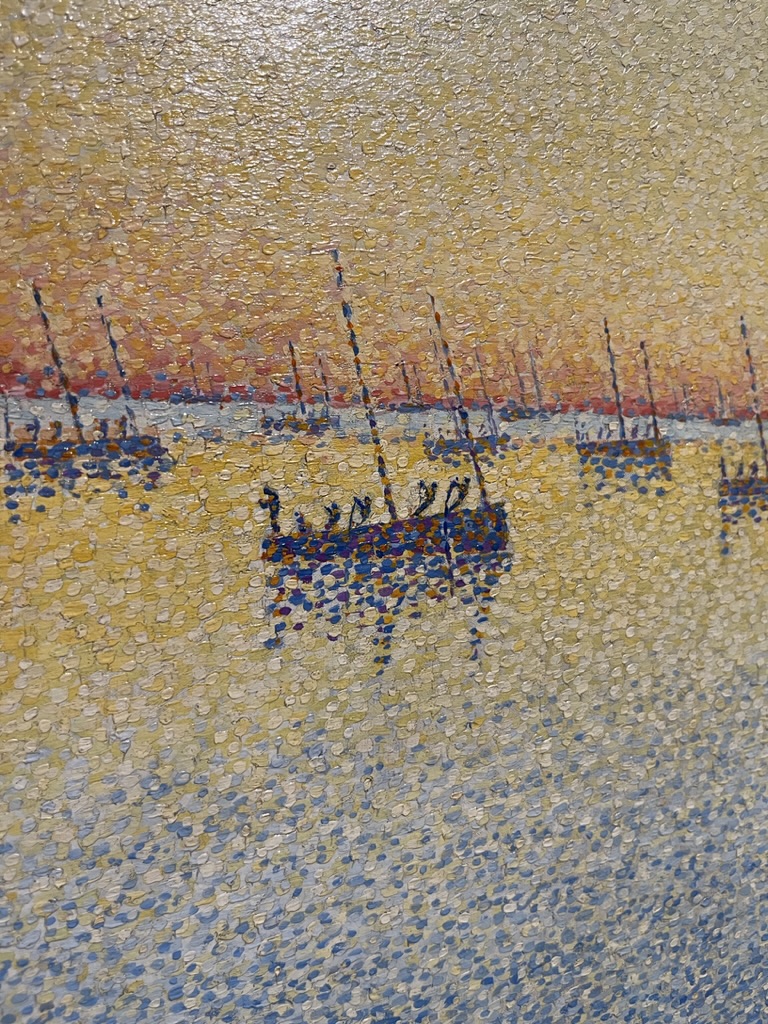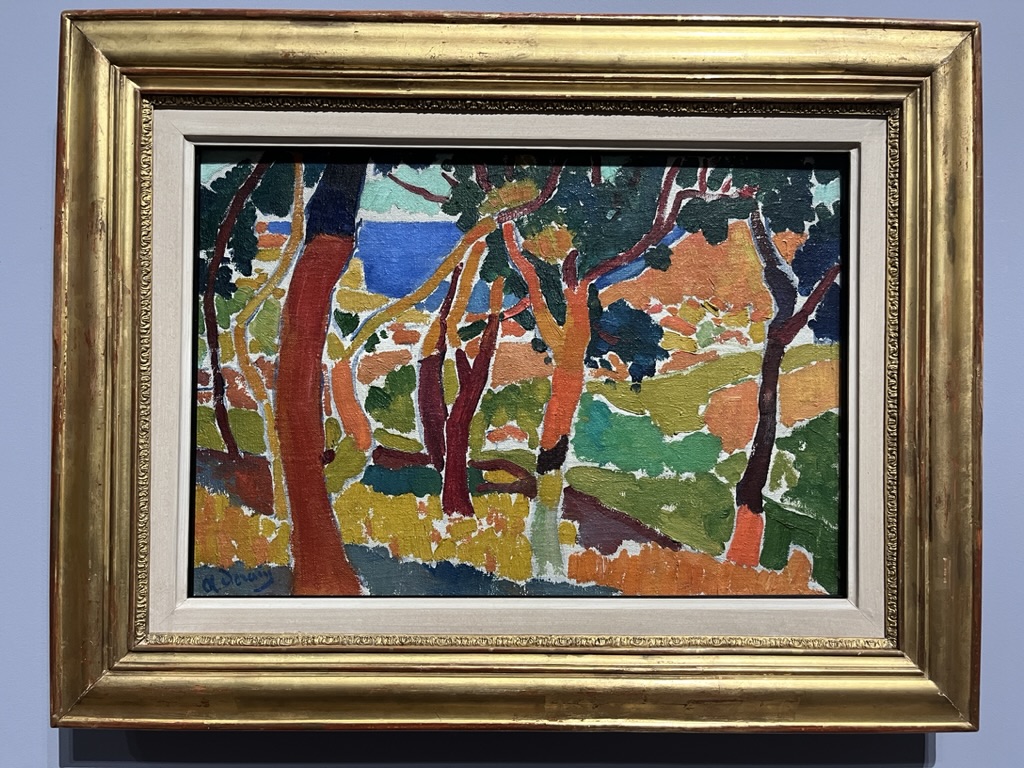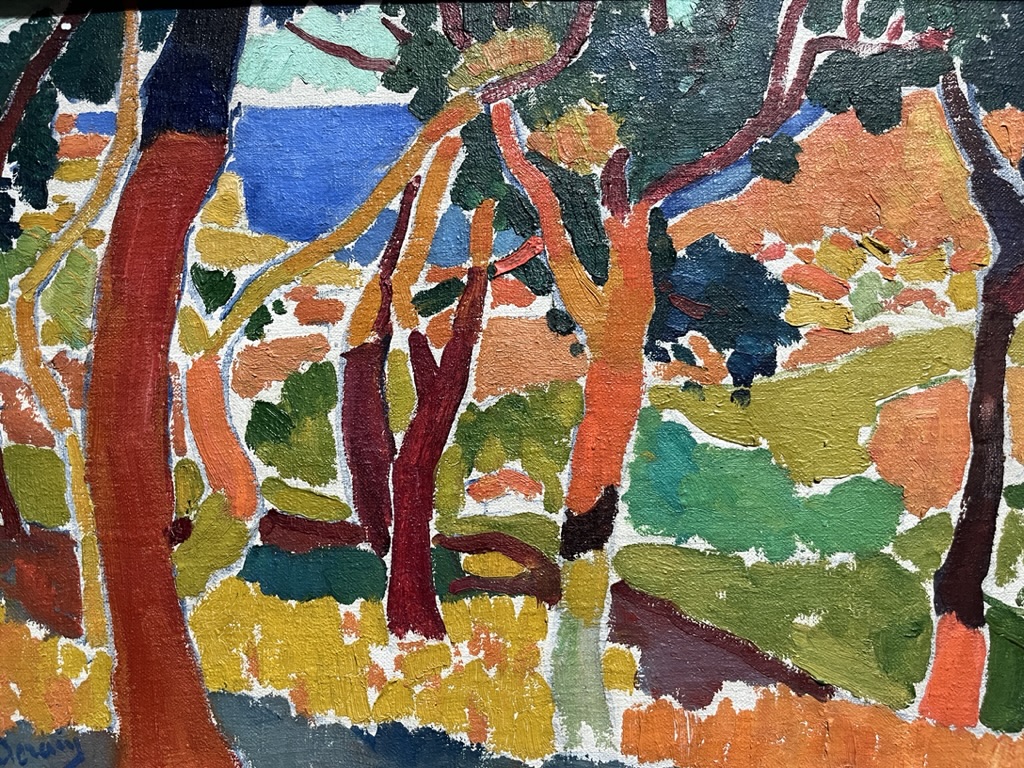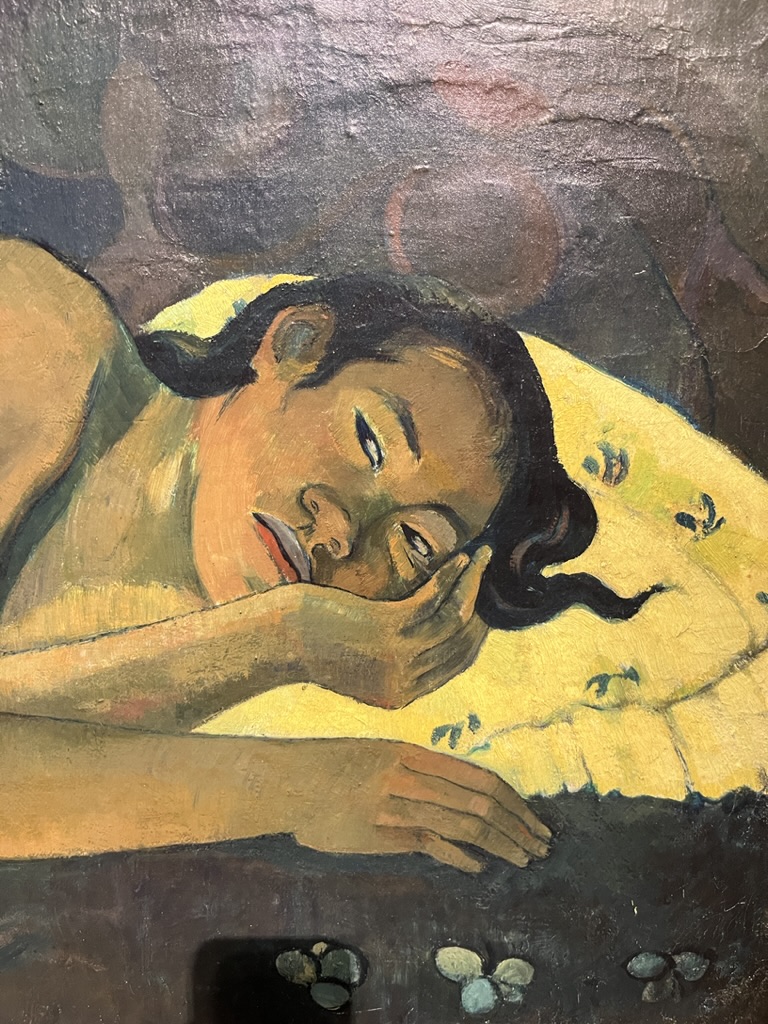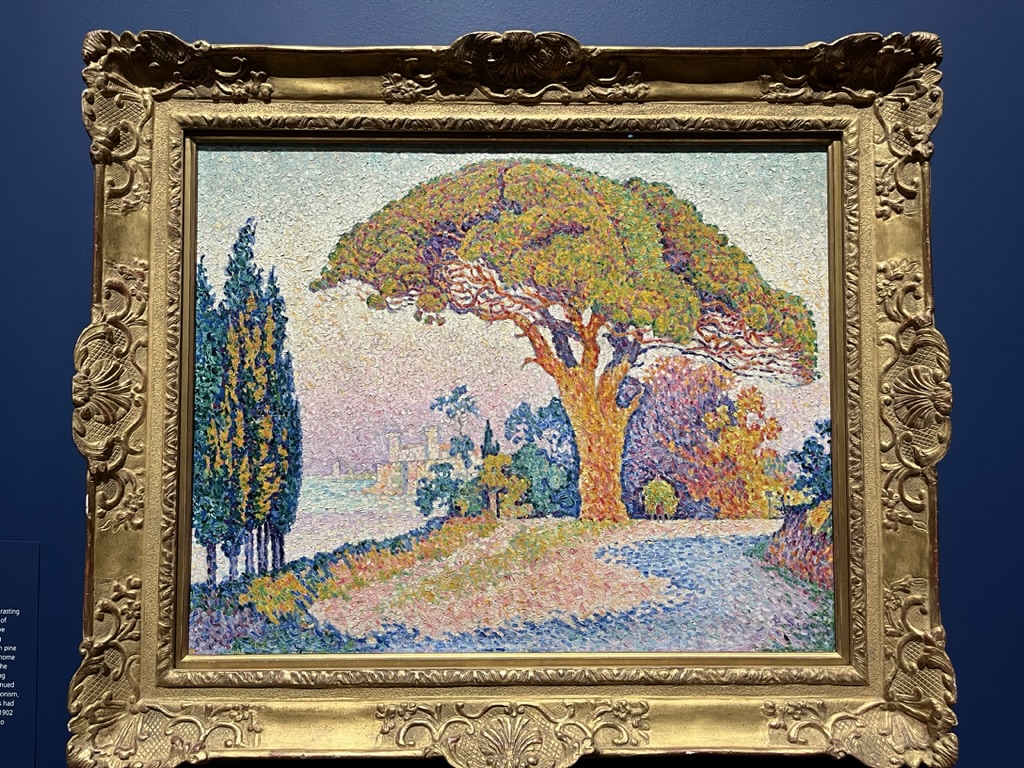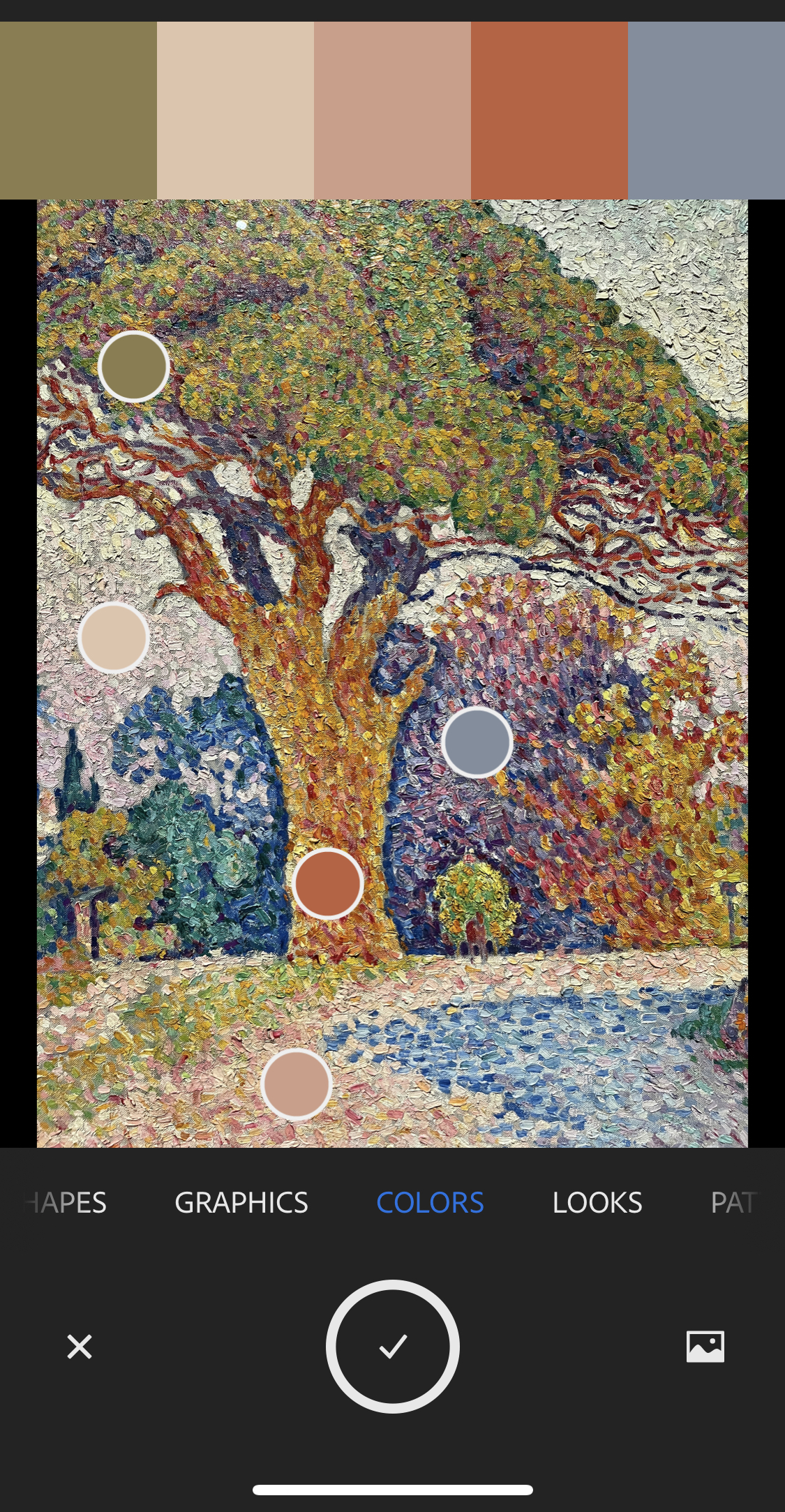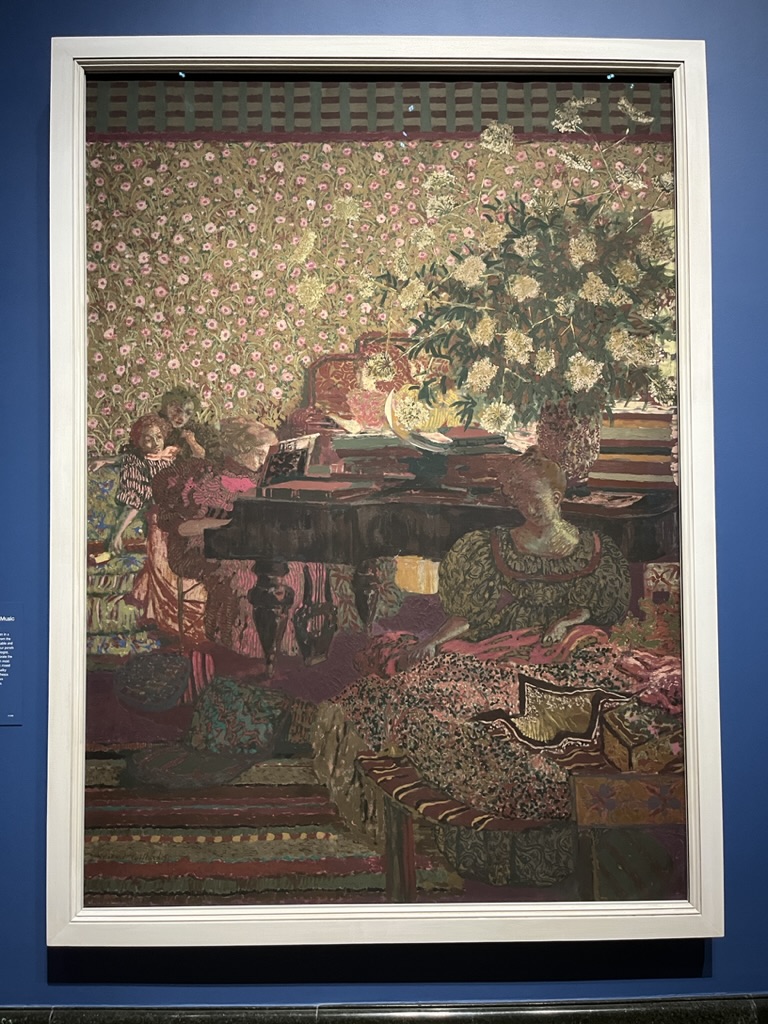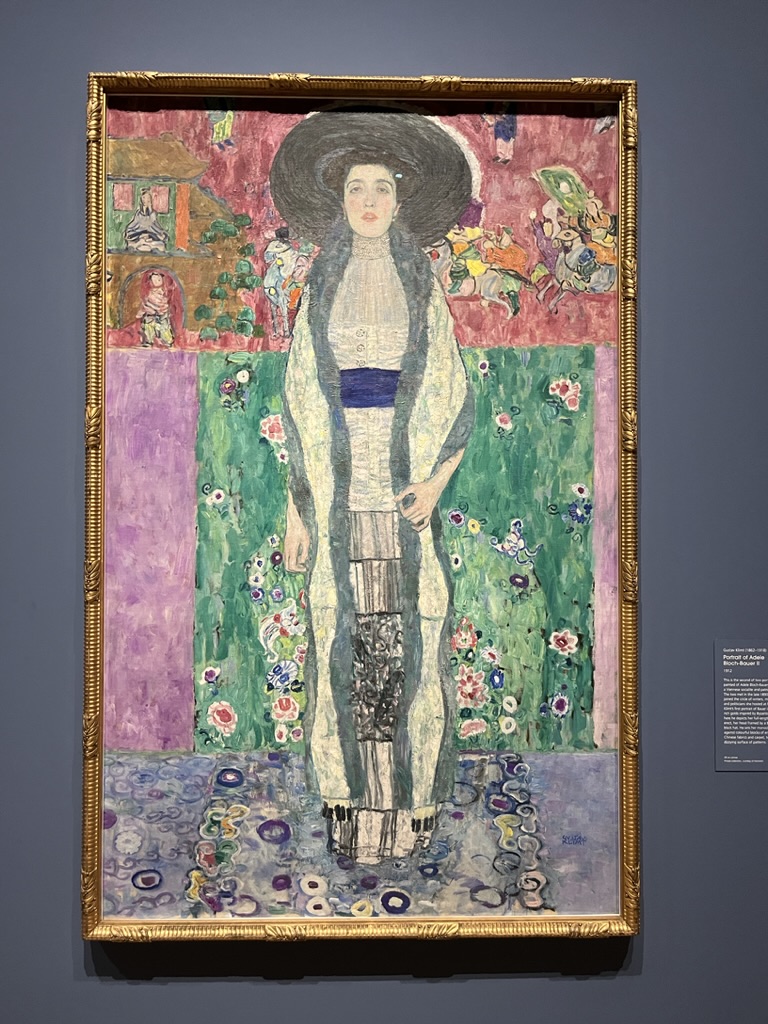La Danse. André Derain. 1906
This Summer I have been filling my cup and the latest drops of inspiration have come in the form of this gorgeous, wonderful, visual feast for the eyes and soul: After Impressionism: Inventing Modern Art at The National Gallery.
Van Gogh Woman from Arles
I saw this film on You tube talking about the exhibition and at about 4 minutes in I knew I had to go to it, as soon as possible !
Van Gogh House in Saintes Maries de la Mer
I could see that there were artists exhibited that I had never heard of and also familiar ones but whose individual pieces I had never seen before, like these Van Gogh’s (and indeed there were a lot of loans from private collectors in the show)
Van Gogh Laboureur dans un Champ
We are all probably visually familiar with the giants of Impressionism ( a group working together mostly in France, on a shared set of approaches & techniques from the early 1860’s to about 1886) This exhibition brought in a wider selection of artists working across Europe after the 1880’s up until the first WW.
Van Gogh Laboureur dans un Champ- detail
Post-Impressionism was a predominantly French art movement but just like I’m viewing art, being inspired and acting out ideas in my own work from things I’ve seen, so too were the artists of C19th who saw the work and ideas of the French groundbreakers and took it home and developed ideas, ways of seeing, ways of applying paint, subject matter and made it their own.
Bronica Koller-Pine The Artists Mother
So the show has rooms which focus on artists from Barcelona, Berlin, Brussels and Vienna – most were new to me.
Bronica Koller-Pine The Artists Mother – detail
The PI movement encompassed what we call Expressionism, Cubism and Abstraction and then into that you can also throw Neo-Impressionism and the Fauves who sort of sit between and overlap the Impressionists way of thinking and the Post Impressionists.
Paul Signac Setting Sun
The Neo-Impressionists developed a way of painting based on optical theory and applying paint in strokes of colour that blended visually by the eye as you viewed it – or Pointillism as its often referred to.
Andre Derain L’Estaque
I’m a long, long-time lover of the Fauves (Derain, Matisse, Braque, Vlaminck) for their bright use of colour and for making the enjoyment of actually creating the painting justifiable so I was over-joyed that my favourite ever piece ( Derain L’Estaque, above) was there in the actual flesh!
Paul Gauguin Nevermore
Gaugin contributed a lot of the development of modern art but we are now conscious of how his private life became public through his work and fame: he exploited women, exoticised the female nude (sadly, particularly adolescents) and was sexually exploitative while making his great art – he wasn’t alone in this – but culture develops through time and we use new (and better) lenses to evaluate things. I thought the National Gallery did a fantastic job of the text next to this painting summing just that up (and actually all the ‘blurbs’ were very accessible) And after I’d read it and looked again at the models face, I saw it with new feeling.
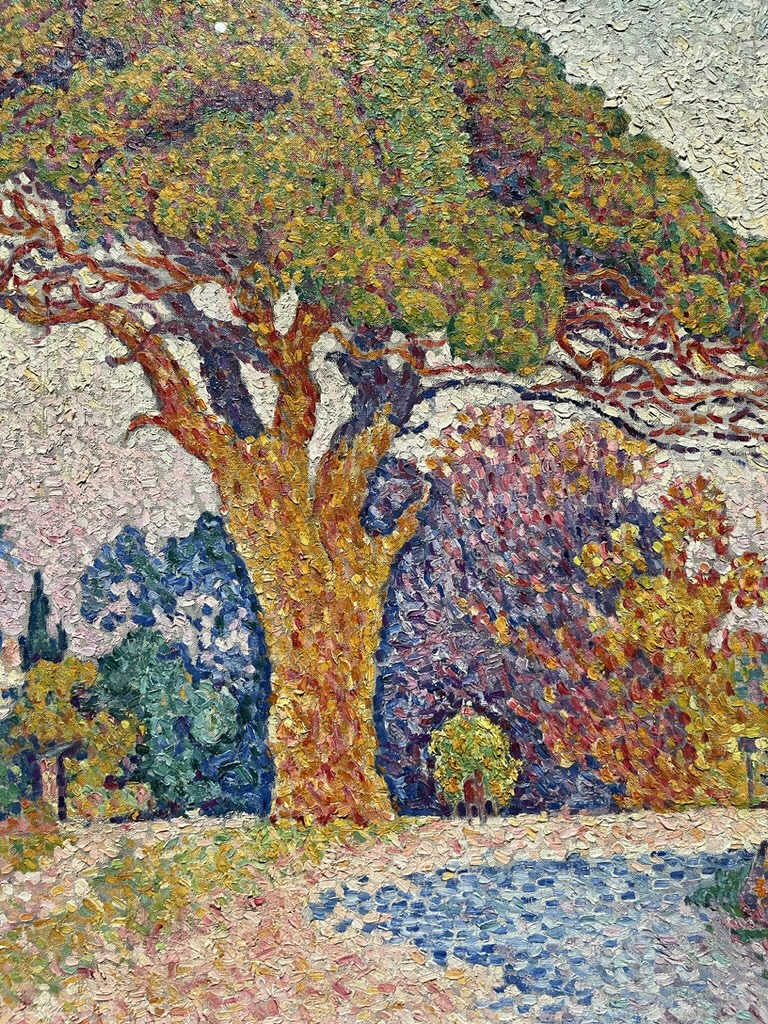
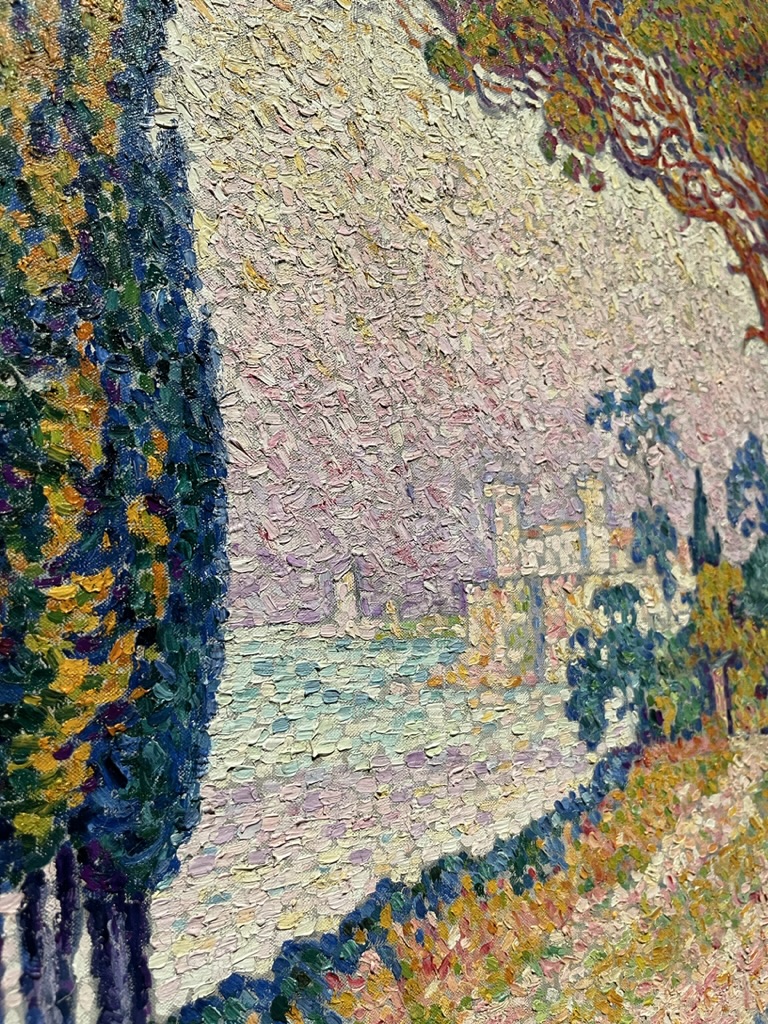
Signac Bertaud’s Pine
I mostly come away from exhibitions with new ideas about subject matter and compositions; sometimes also wanting to try new materials but always with notes on colour palettes for my pattern design work. I have this cute app on my phone that sums up a painting in 5 colours.
If you’ve been around here long you’ll know why I love this one… pattern! But I was also impressed by the success of its limited colour palette too.
I normally find work by Vuillard to be dull, very sombre (and brown) and small but this was a show stopper because it is enormous and is an absolute feast of pattern and design.
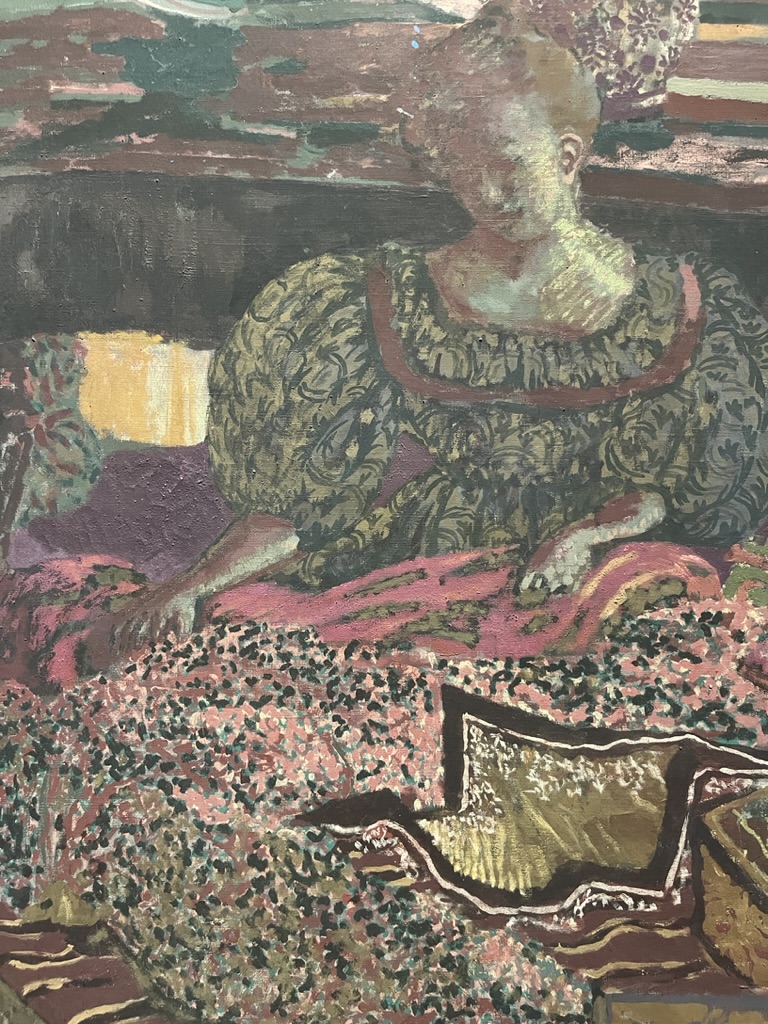
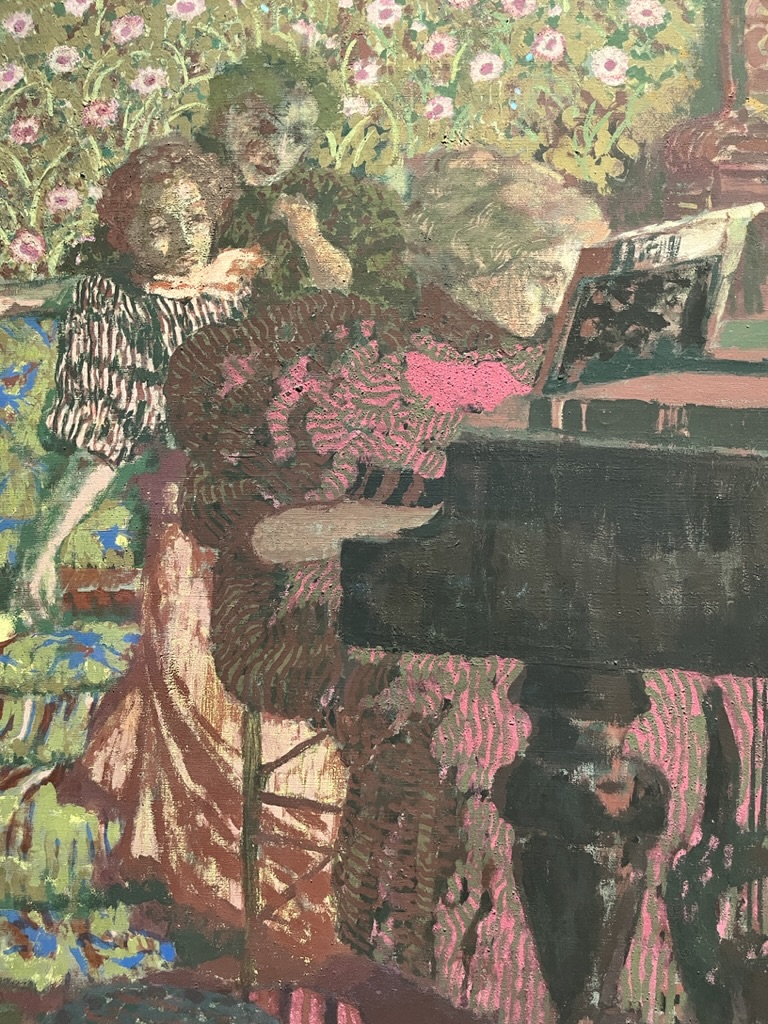
Edouard Vuillard Figures in an Interior
You can see the Vermeer’s, Titian’s and Gainsborough’s from the permanent collection as you approach this exhibition and when you view these colourful, loose,’rough’ textural, flat, gestural and playful pieces of modern art in the context of what went before, you can really appreciate the ground they broke.
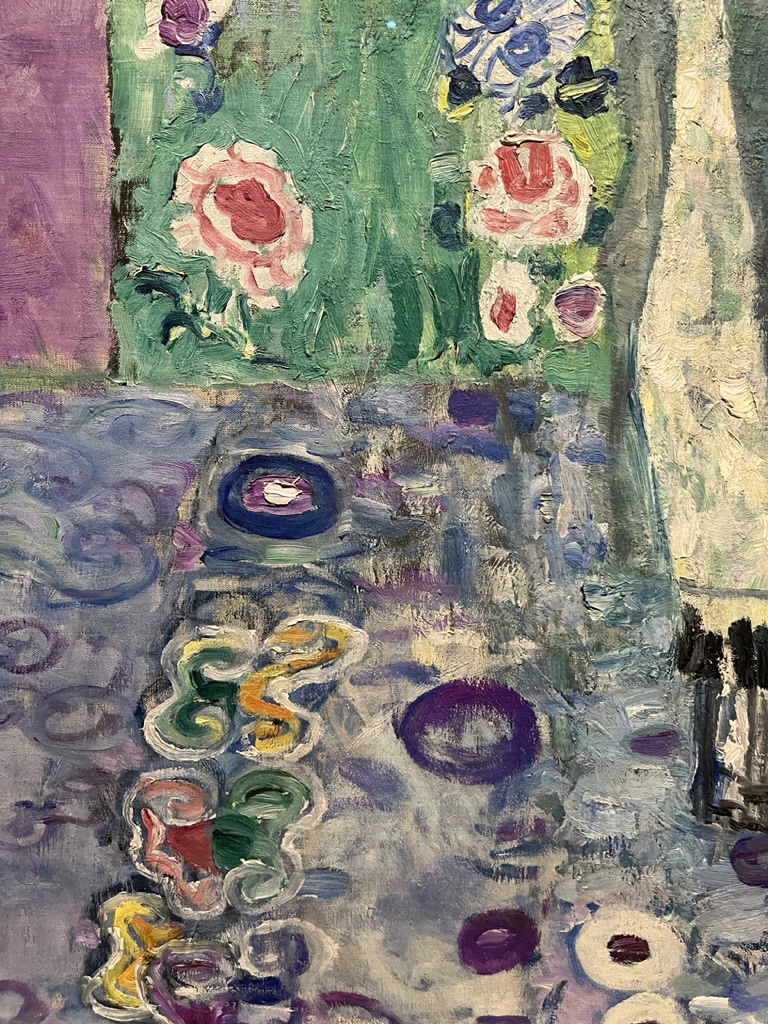
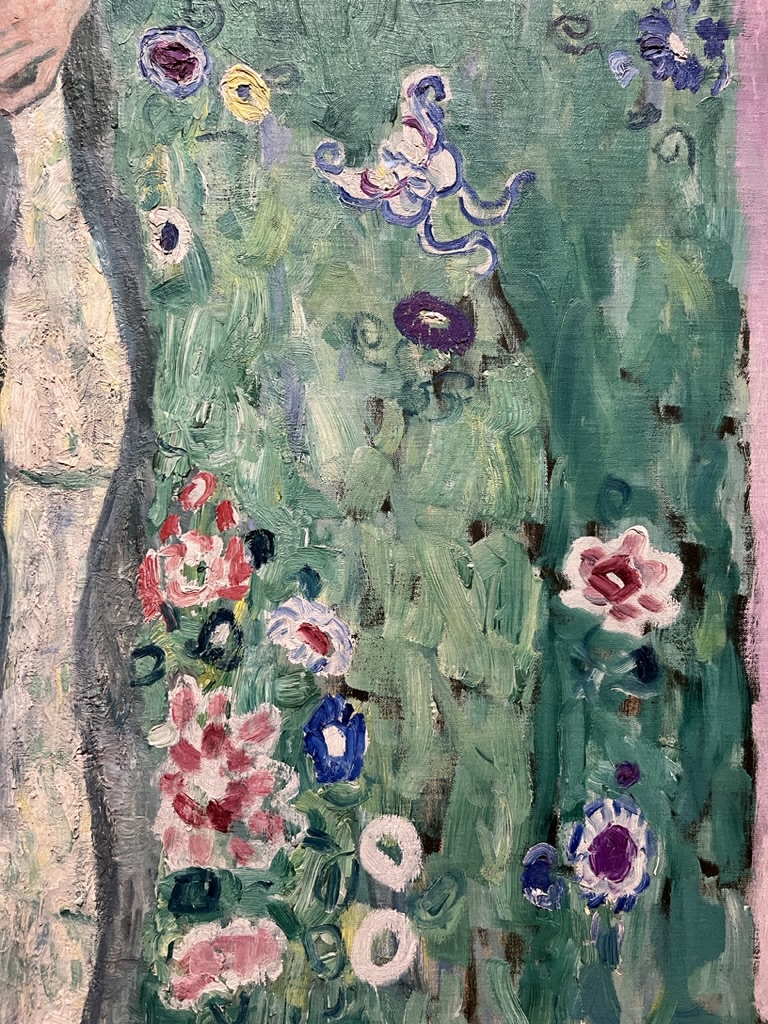
Gustav Klimt Portrait of Adele Bloch-Bauer ll
I don’t recall ever seeing a Klimt portrait in real life and this piece really impressed it’s unique approach. Every thing about it’s size, the flattening of picture planes, the colour palette, the stylisation and the use of pattern all still speaks of the innovation that Klimt brought to our visual history. Its prompted me to get my book on him out again – it was so inspiring, I just sat and drank it in for the longest time.
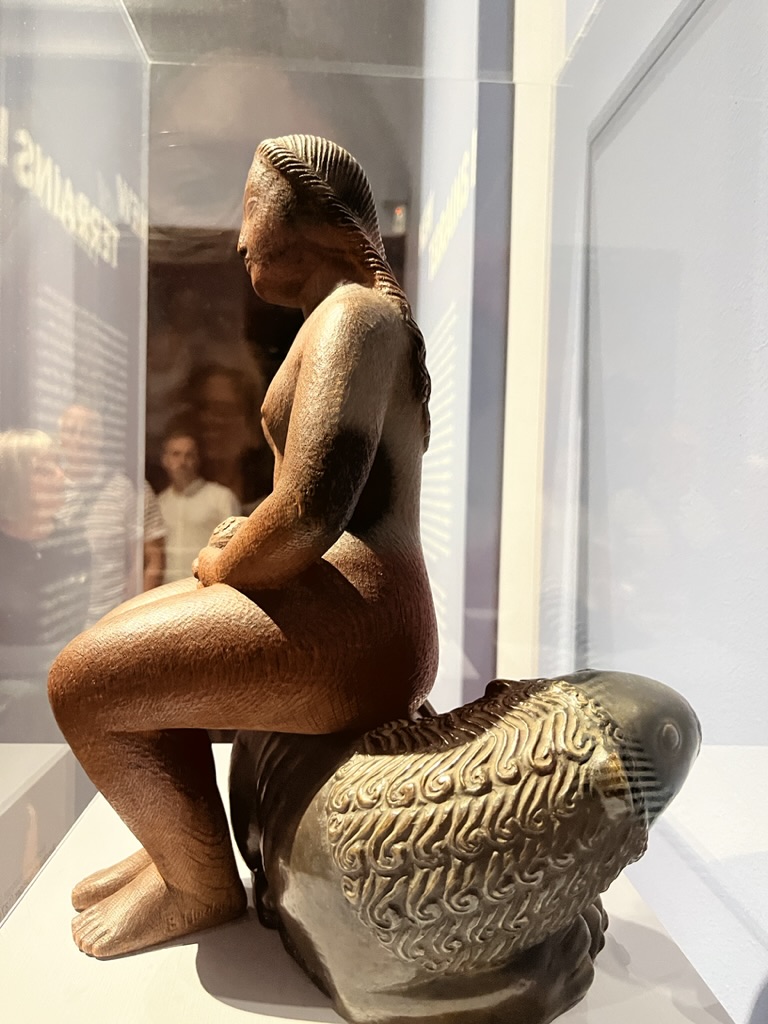
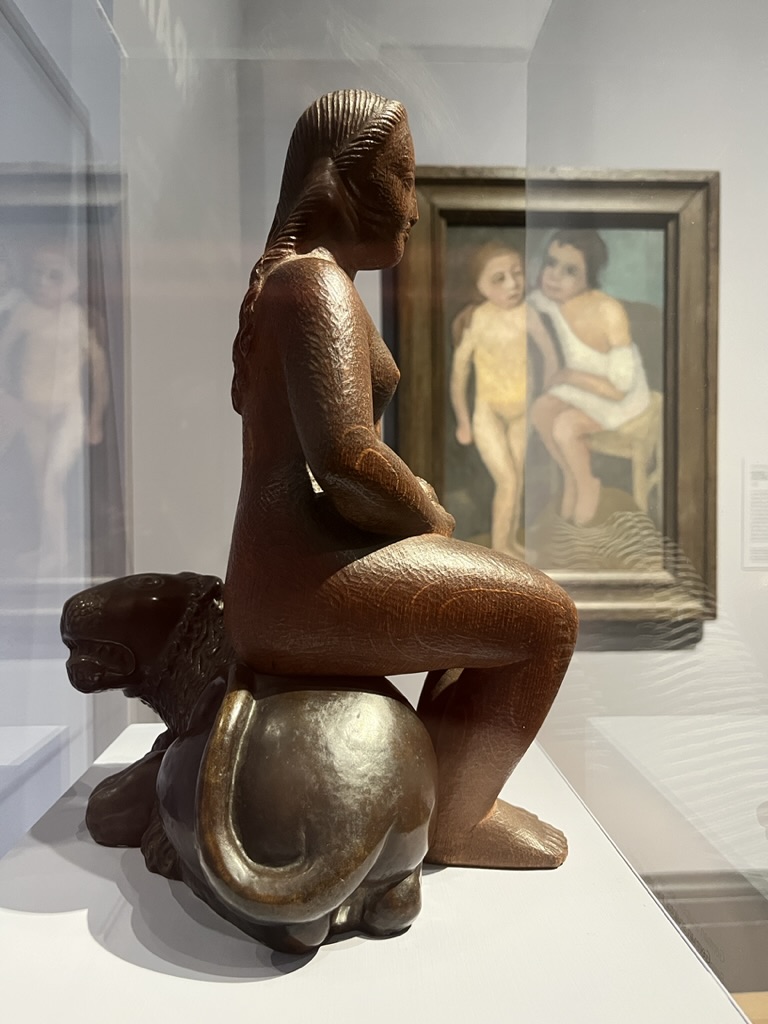
Bernhard Hoetger Eve on the Lion – oak and bronze & Paula Modersohn-Becker in the background
I’m finishing by including a sculpture which is very unusual for me but this was so delicate, brilliantly lit and I want to remember it by including it here. Hope you’ve enjoyed my book report
***
After Impressionism: Inventing Modern Art at The National Gallery. is on until Until 13 August 2023
